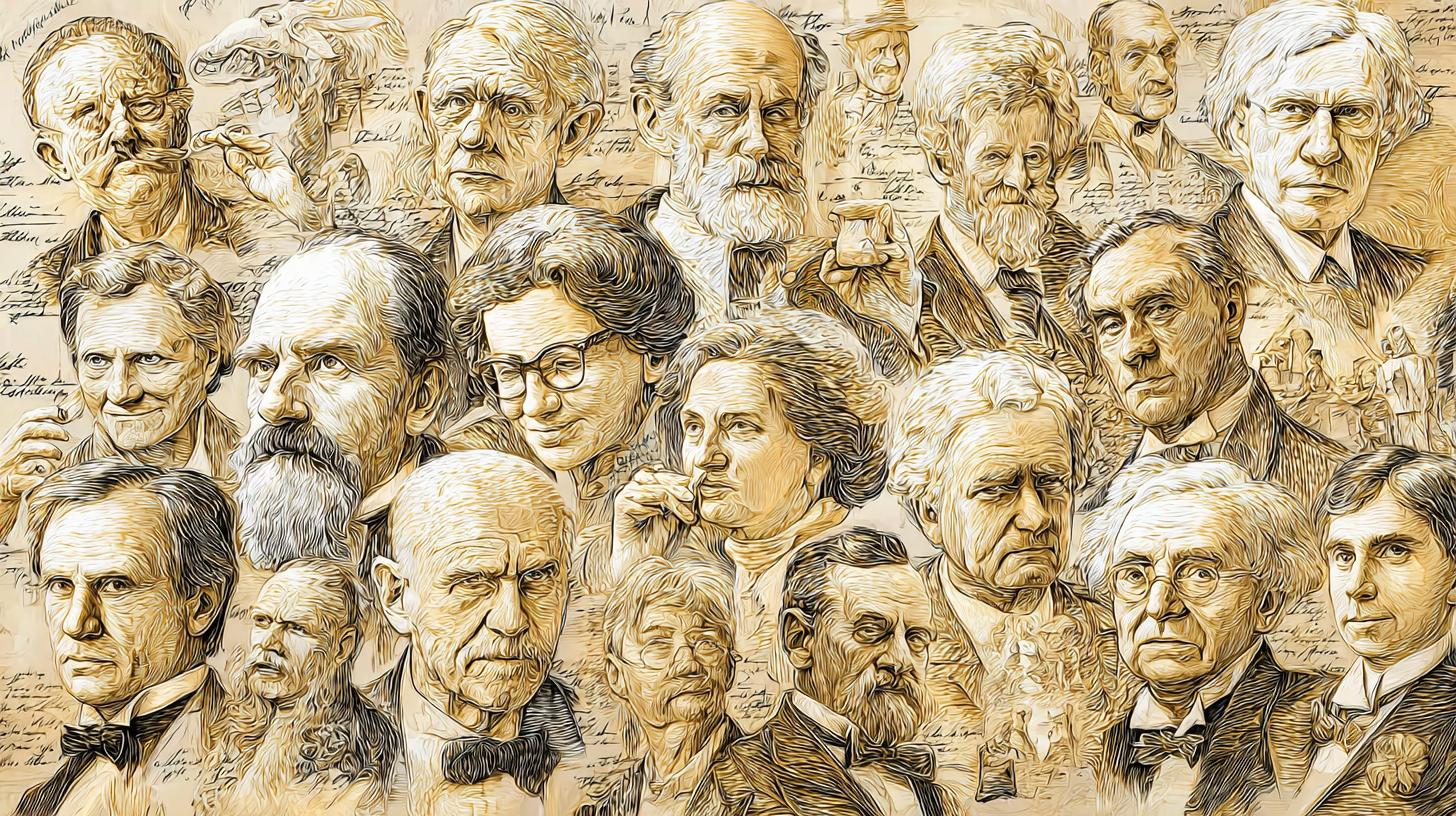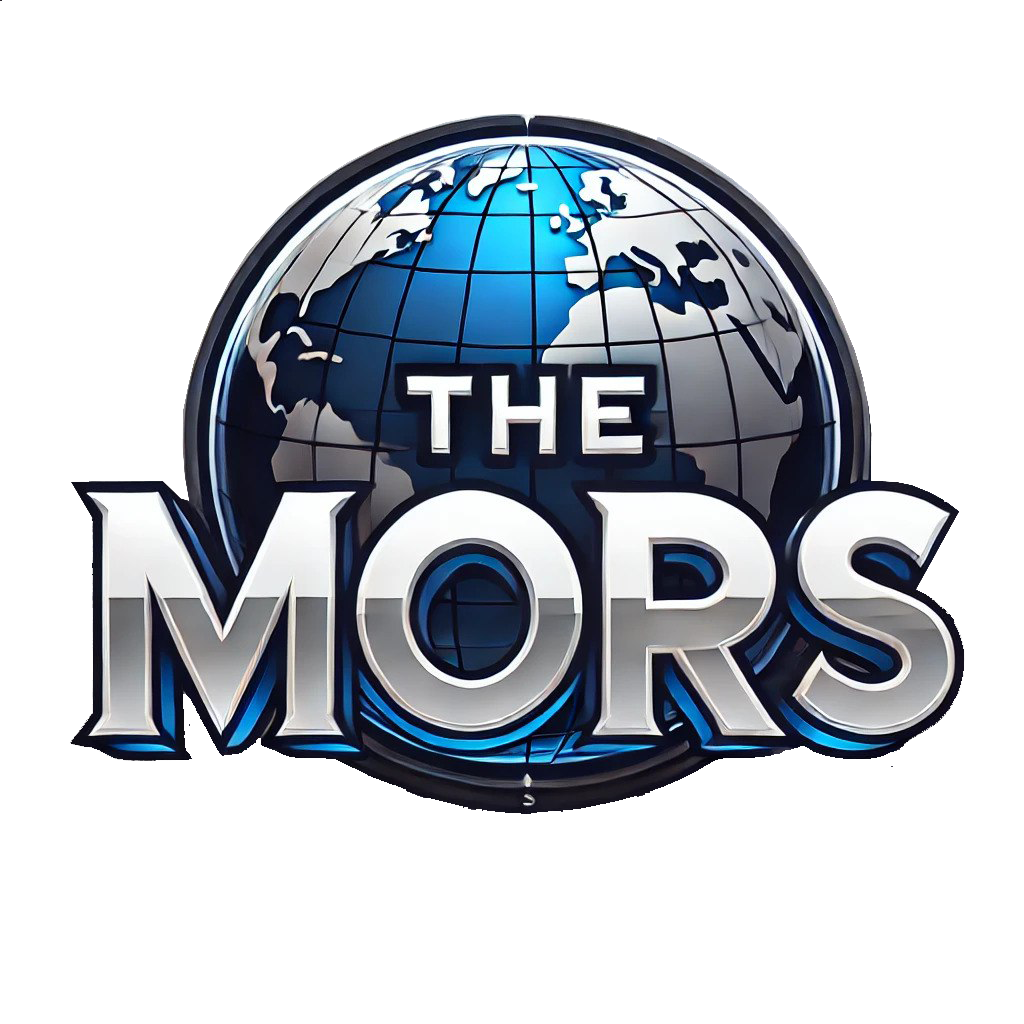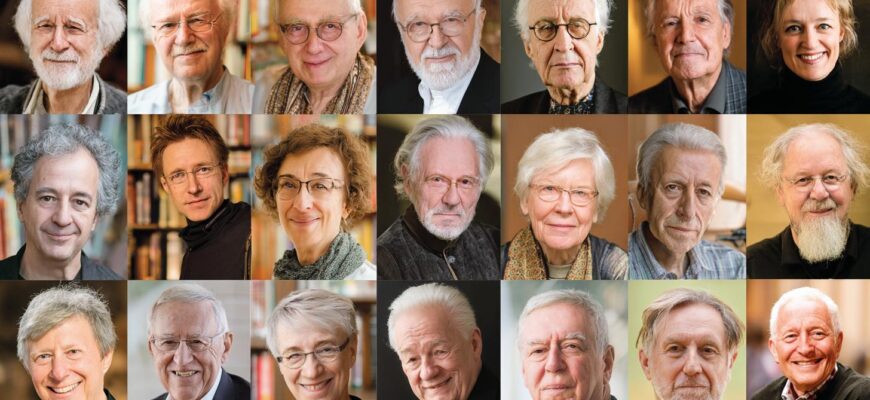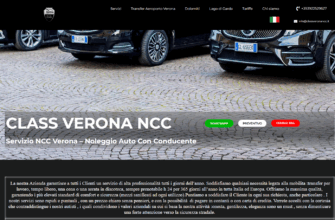Imagine a world where the invisible threads that connect scholarship — the humble citation — are finally celebrated on a stage normally reserved for breakthroughs in physics, chemistry, medicine, literature, peace and economics. That is the premise of this piece: a close look at the imagined recipients of the 2025 Nobel Prize in Citation, a thought experiment that highlights the people, projects, and principles reshaping how credit, accountability, and discovery travel through the scholarly record.
- Why a prize for citation matters now
- Defining the Nobel Prize in citation (a speculative award)
- Introducing the winners of the 2025 Nobel Prize in citation
- Crossref: the plumbing of persistent scholarly identity
- OpenCitations and the Initiative for Open Citations (I4OC): opening the ledger
- ORCID: giving scholars a reliable voice
- Community-driven citation audits and equity initiatives
- How these winners changed the rules of the game
- Concrete tools and practices that emerged
- A table of the imagined laureates and their core contributions
- Reactions from the research community
- Pushback and unresolved challenges
- What the prize would mean for younger scholars
- Beyond counting: richer signals of influence
- Policy implications and funder behavior
- Lessons for publishers and platforms
- Where citation reform goes next
- How you can participate
- Final thoughts on recognition and reform
Why a prize for citation matters now
Citation is the ledger of scholarship. It says who came before you, which ideas you built on, and how claims are anchored in evidence. For decades, citations have been both a tool for discovery and a blunt instrument for assessing value — sometimes rewarding incremental signaling more than substantive contribution.
In recent years the landscape around citations has been disrupted. Open metadata, machine-readable references, persistent identifiers for people and resources, and new metrics that aim to capture broader impact have all converged. Those shifts have made it possible to think about citation as something to be designed, improved, and celebrated — not merely counted.
Defining the Nobel Prize in citation (a speculative award)

To be clear: the Nobel committees have not created such a prize. This article treats the idea as a speculative honor, a way to spotlight initiatives that, if a prize existed, would deserve recognition for transforming citation practices and infrastructure.
Framing the topic this way lets us move beyond headline metrics and examine the human and technical work that underpins scholarly communication: standards, open platforms, advocacy, and the quiet engineering that makes citations machine-actionable and human-meaningful.
Introducing the winners of the 2025 Nobel Prize in citation
Below I present four laureates in this alternative-universe ceremony: two organizations and two movements whose cumulative effect altered the shape of modern scholarship. Each entry explains why they matter, the concrete changes they achieved, and how their work reshaped incentives for researchers, publishers, and institutions.
Crossref: the plumbing of persistent scholarly identity
Crossref already exists in the real world as the major DOI registration agency for scholarly publications. In our imagined Nobel scenario, Crossref is honored for the way it turned persistent identifiers into a global public utility, creating interoperable links between articles, datasets, software, and people.
Why this matters: a DOI is more than a string. Crossref’s infrastructure enabled automated citation resolution, reliable linking, and the normalization of bibliographic metadata across thousands of publishers. That uniformity made large-scale bibliometric analysis feasible without proprietary lock-in.
On a personal note: I spent a week tracing citation trails for a research piece and found myself repeatedly relieved by Crossref’s consistency — every DOI worked, references resolved, and the chain of evidence felt less like tacking together brittle footnotes and more like tracing a network. That practical reliability is the kind of quiet engineering a prize should reward.
OpenCitations and the Initiative for Open Citations (I4OC): opening the ledger
OpenCitations (the organization) and I4OC (the advocacy movement) together pushed the scholarly world to treat reference lists as public infrastructure. Their combined work argued that citation metadata should be freely available to everyone, not locked behind paywalls or proprietary systems.
Open citations changed research practices in several ways: they enabled open algorithms to map knowledge flows, supported reproducible meta-analyses, and created downstream tools that reward accurate and normative citation behavior. I4OC’s advocacy brought major publishers and stakeholders to the table and produced a dramatic increase in openly available references.
The practical impact is tangible: librarians, data scientists, and small publishers suddenly had the material to build tools that made citation counts meaningful in context rather than an opaque metric controlled by a few corporations.
ORCID: giving scholars a reliable voice
ORCID — the persistent identifier for researchers — is the third laureate in this thought-experiment ceremony. A long-standing complaint in scholarship is attribution confusion: common names, name changes, and inconsistent metadata create ambiguity. ORCID solved a deceptively simple problem with far-reaching consequences.
By providing a unique, persistent identifier for researchers and integrating that identifier into submission and publishing workflows, ORCID made it possible to link people reliably to outputs: articles, datasets, software, peer reviews, and even contributorship roles. That linking allowed citations to accrue to the right individuals and helped funders and institutions evaluate contributions more fairly.
When I first registered an ORCID, the immediate benefit was administrative: fewer forms, fewer errors. Over time the value compounded: citation analyses that once required manual disambiguation became automatable, and junior scholars gained a system that ensured their early work was not lost in a sea of similar names.
Community-driven citation audits and equity initiatives
Not all winners are organizations with neat corporate structures. A fourth laureate in this scenario is the diverse, community-driven set of projects that audited citation practices for bias and exclusion. These initiatives publish “citation diversity statements,” build tools to detect undercitation of women and researchers from the Global South, and create heuristics to reward a broader range of scholarly contributions.
Why this deserves recognition: metrics without equity are merely faster ways to entrench existing hierarchies. By making bias visible and offering practical remediation, citation equity projects helped shift hiring, promotion, and funding conversations toward a more nuanced assessment of impact that includes mentorship, datasets, software, and community-engaged scholarship.
In workshops I attended, participants described the moment they ran a citation audit and saw how their reference lists clustered around familiar networks. That discomfort sparked concrete change: expanded reading lists, invitations to underrepresented scholars, and a commitment to cite beyond the usual suspects.
How these winners changed the rules of the game
Taken together, these laureates altered incentives and technical possibilities. They made it easier to track influence across formats, reduced the power of proprietary gatekeepers, and improved the integrity of the scholarly record. Those changes ripple through hiring, funding, publishing, and day-to-day research practices.
For example, when reference metadata is open and standardized, automated systems can check for reproducibility links, detect citation errors, and surface overlooked foundational work. That means editors can focus on quality rather than housekeeping, and readers can follow threads of evidence across disciplinary boundaries.
Equally important is the cultural shift: when citation counts are augmented with richer metadata about contribution type (data, code, method), evaluators stop equating raw citation numbers with value. That recalibration helps early-career researchers and nontraditional contributors gain recognition for work that matters but might not generate immediate citation volume.
Concrete tools and practices that emerged
Many of the reforms attributed to these laureates are technical, but their effects show up as everyday tools and workflows. Here are some concrete outcomes that followed.
- Machine-actionable reference lists embedded in XML and JSON formats, enabling faster meta-research and error detection.
- Wide adoption of ORCID in submission systems, tying authors to persistent identities across publishers and repositories.
- Open citation indexes permitting third-party platforms to build discovery tools without license fees.
- Guidelines for software and dataset citation that standardize how non-article outputs are recognized and credited.
These advances may sound technical, but their practical consequences are human: more accurate credit, fewer dead links in reference lists, and faster discovery of interdisciplinary work.
A table of the imagined laureates and their core contributions
| Laureate | Core contribution | Practical outcome |
|---|---|---|
| Crossref | Persistent identifiers and interoperable metadata | Reliable DOI linking and scalable citation resolution |
| OpenCitations / I4OC | Open citation metadata and advocacy | Public citation indexes enabling open tools and research |
| ORCID | Persistent researcher identifiers | Accurate attribution across outputs and platforms |
| Citation equity initiatives | Audits, tools, and advocacy for inclusive citation | Broadened recognition, new guidelines, and fairer metrics |
Reactions from the research community
In our hypothetical scenario, the reaction from academics, librarians, and funders is mixed but mostly positive. Researchers welcome better tools for discovery and credit, while publishers wrestle with the operational and commercial implications of open metadata. Funding agencies find new leverage: they can demand machine-readable links between grants and outputs, improving accountability.
Librarians and data stewards often report the greatest practical benefits. Open citation data reduces the friction of large-scale bibliometrics and enables campus-level analyses that inform collection development, promotion criteria, and research strategy. For many in those roles, the “prize” is recognition that the often-invisible labor of stewardship matters.
Pushback and unresolved challenges
No transformation is frictionless. Opening citation data raises questions about misuse, privacy, and gaming. Predatory metrics and citation rings can exploit transparent systems if detection methods lag behind malicious strategies. There are also technical gaps: not all publishers expose references in machine-readable form, and legacy records contain noise that requires normalization.
Another persistent challenge is incentives. Some scholars still optimize for narrow metrics that feed into hiring and funding decisions. Until institutions embrace richer evaluative frameworks that recognize diverse contributions, technical fixes alone won’t be enough.
What the prize would mean for younger scholars
If such a prize existed, its symbolic value for early-career researchers would be considerable. It would say plainly that infrastructure and stewardship matter as much as breakthroughs — that building the means of discovery is a contribution worthy of high honor.
Practically, the changes described would lower barriers to discovery for young scholars. With better metadata and broader definitions of citable outputs, a graduate student’s dataset or methods paper can be recognized and linked in ways that were previously unlikely. That recognition can translate to invitations, collaborations, and career opportunities.
Beyond counting: richer signals of influence
One of the enduring lessons of the citation reforms is that quantity is not the same as meaning. A healthy system blends counts with context: who cited you, why they cited you, and what role your work played in an ongoing conversation. Those richer signals require metadata about citation intent, contributorship roles, and the resource type being cited.
Researchers are experimenting with structured citation statements — brief, machine-readable notes that distinguish whether a citation acknowledges a method, contradicts a result, or builds directly on prior data. When combined with open citation graphs, these signals could allow nuanced analyses that reveal influence without flattening it into a single number.
Policy implications and funder behavior
Major funders can accelerate beneficial change by requiring open, machine-readable links between grants and outputs, mandating ORCID identifiers, and rewarding reproducible practices in evaluation criteria. In the imagined timeline that led to the 2025 prize, funders played a catalytic role by funding infrastructure and demanding openness as a condition of support.
That said, funders must balance goals. Mandates should be paired with resources for compliance, training, and long-term sustainability. Otherwise, smaller institutions and scholars with fewer resources may be unintentionally disadvantaged.
Lessons for publishers and platforms
Publishers who embraced openness early reaped benefits: easier metadata exchange, richer discovery, and better integration with institutional systems. Others faced disruptive pressure as third-party tools built on open citations created new discovery channels that bypassed traditional paywalls.
Platforms that incorporate citation context and offer transparent metrics tend to be more trusted by researchers. Trust, more than raw reach, is the currency of scholarly platforms; those that invest in transparency and standards are likely to retain the academic community’s goodwill.
Where citation reform goes next
Looking forward, several threads will be important. First, citation intent annotation: more systematic ways to record why a work is cited. Second, improved credit for non-article scholarly outputs such as software and datasets. Third, automated detection of problematic citation behavior, combined with fair remediation mechanisms.
Finally, as large language models and AI tools increasingly synthesize literature, robust, machine-readable citation metadata will be essential to trace provenance, check factual claims, and give proper attribution when models draw on the scholarly record.
How you can participate
Every scholar, librarian, editor, and technologist can contribute. Simple actions — adding an ORCID to your profile, citing datasets properly, or publishing references in machine-readable formats — accumulate into systemic change. Institutional policies that reward these practices speed adoption.
At a personal level, consider conducting a citation audit for your recent work. Look for patterns: which communities are you citing, and which are missing? Small course-level interventions, such as curated reading lists that highlight diverse voices, can shift citation norms over time.
Final thoughts on recognition and reform
A prize that honors citation work is symbolic and strategic. It recognizes that the invisible scaffolding of scholarship — identifiers, open metadata, and community norms — is as crucial as the discoveries it supports. Whether or not such a prize ever exists, the real achievement is the emerging ecosystem that makes knowledge more discoverable, accountable, and equitable.
For readers who want to dive deeper into the technologies and policies shaping this landscape, start with organizations and projects that publish their metadata openly, follow community-led equity audits, and experiment with the tools that surface citation context rather than just citation count.
Interested in more stories about the people and technologies changing how we discover and credit knowledge? Explore our ongoing coverage at https://themors.com/technology-innovation-news/ and visit https://themors.com/ for additional analysis, interviews, and resources.









